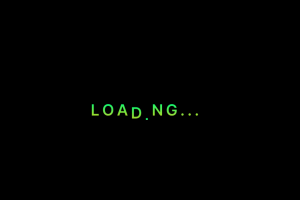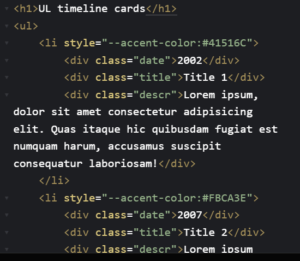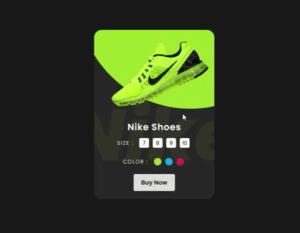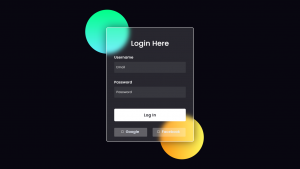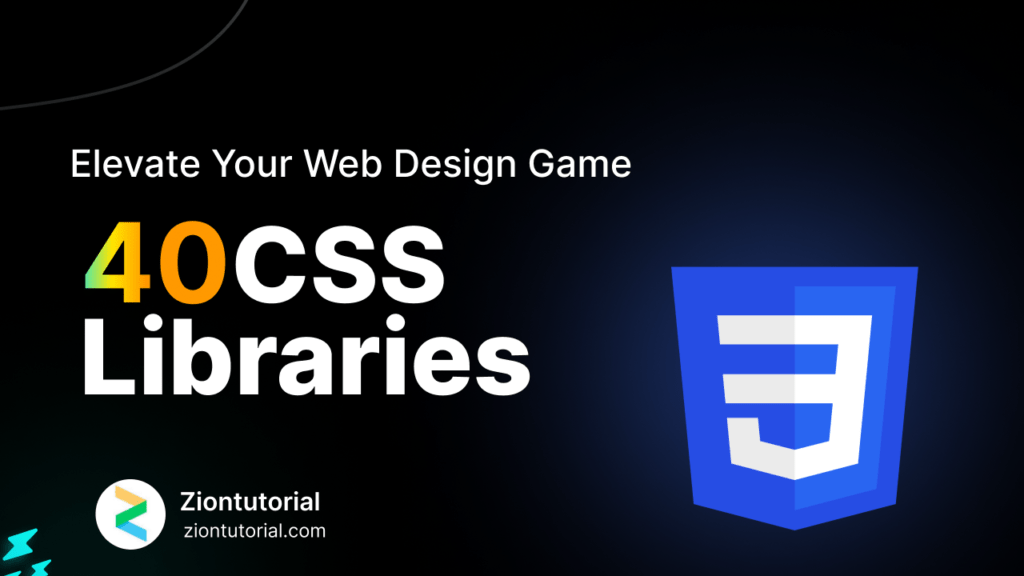
If you’re a web designer or developer, you know how important it is to stay on top of the latest tools and trends in the field. That’s why we’ve put together a list of 40 must-have CSS libraries that can take your web design game to the next level. From responsive frameworks to advanced animations and effects, these libraries can help you create stunning and engaging websites that stand out from the crowd. Whether you’re a seasoned pro or just starting out, these CSS libraries are sure to be valuable additions to your toolkit.
Here are the link of each website
- Bootstrap: https://getbootstrap.com/
- Bulma: https://bulma.io/
- Foundation: https://foundation.zurb.com/
- Semantic UI: https://semantic-ui.com/
- Materialize: https://materializecss.com/
- UIKit: https://getuikit.com/
- Tailwind CSS: https://tailwindcss.com/
- Ant Design: https://ant.design/
- Spectre.css: https://picturepan2.github.io/spectre/
- Semantic UI React: https://react.semantic-ui.com/
- Vuetify: https://vuetifyjs.com/en/
- PrimeNG: https://www.primefaces.org/primeng/
- Shards: https://designrevision.com/downloads/shards/
- Element: https://element.eleme.io/
- Chakra UI: https://chakra-ui.com/
- Carbon Design System: https://www.carbondesignsystem.com/
- Fluent UI: https://developer.microsoft.com/en-us/fluentui#/
- Grommet: https://v2.grommet.io/
- Blueprint: https://blueprintjs.com/
- Tachyons: https://tachyons.io/
- Basscss: https://basscss.com/
- NES.css: https://nostalgic-css.github.io/NES.css/
- Milligram: https://milligram.io/
- Mini.css: https://minicss.org/
- Material Design Lite: https://getmdl.io/
- Ionic Framework: https://ionicframework.com/
- Quasar: https://quasar.dev/
- Webflow: https://webflow.com/
- Skeleton: http://getskeleton.com/
- Suzie: https://github.com/oddbird/susy
- Buefy:https://buefy.org/
- React-Bootstrap:https://react-bootstrap.github.io/
- Reactstrap:https://reactstrap.github.io/
- Rebass :https://rebassjs.org/
- Styled Components:https://styled-components.com/
- Emotion:https://emotion.sh/docs/introduction
- Glamorous:https://glamorous.rocks/
- Water.css: https://watercss.kognise.dev/#
- Polished:https://polished.js.org/
- Hover.css: https://ianlunn.github.io/Hover/
A CSS library is a collection of pre-written CSS code that can be used to style web pages. A library typically focuses on specific CSS functionalities, such as typography or animation, and provides a set of styles that can be added to existing web designs to achieve a desired look and feel.
CSS libraries are often lightweight, easy to use, and can save developers a significant amount of time when styling web pages. They can also help ensure consistency across different pages of a website, and improve the overall user experience by providing a visually appealing and responsive design. Popular CSS libraries include Bootstrap, Foundation, Materialize, and many others.
Most Used CSS libraries
- Bootstrap: A CSS framework developed by Twitter that provides a set of pre-designed user interface (UI) components, such as buttons, forms, navigation bars, and grids, to help developers build responsive and mobile-first websites and applications quickly.
- Foundation: Another popular CSS framework that offers a suite of UI components, including forms, navigation menus, and typography styles, that are easy to customize and responsive by default.
- Materialize: A CSS framework based on Google’s Material Design language, which is a design philosophy that emphasizes a clean and modern look and feel for web and mobile applications.
- Bulma: A lightweight and modular CSS framework that focuses on providing a clean and simple design for web interfaces, with a flexible grid system and a range of UI components that can be customized easily.
- Semantic UI: A comprehensive and intuitive CSS framework that uses human-friendly HTML syntax to make building responsive and accessible web interfaces easy and efficient. It offers a wide range of UI components, such as buttons, forms, and grids, that can be easily customized.
- Tailwind CSS: A CSS utility framework that provides a set of pre-defined classes for common design patterns, such as spacing, typography, and layout. This allows developers to build custom and responsive web interfaces quickly, without needing to write custom CSS styles.
- Spectre.css: A minimalist and lightweight CSS framework that provides a range of useful UI components, such as grids, typography, and forms, for building modern and responsive web interfaces.
- Pure.css: Another lightweight and minimalistic CSS framework that offers a range of UI components, including forms, tables, and grids, that are easy to customize and responsive by default.
- UIKit: A comprehensive and modular CSS framework that offers a range of UI components, such as navigation menus, grids, and forms, that are highly customizable and responsive by default.
- Ant Design: A popular CSS framework that provides a range of customizable UI components, such as forms, tables, and navigation menus, that are optimized for building enterprise-level web applications and interfaces. It also offers a design language that emphasizes consistency and usability across all components.
- Vuetify: A popular CSS framework for building web interfaces using the Vue.js JavaScript framework, offering a range of customizable UI components, such as navigation menus, forms, and cards.
- PrimeNG: A CSS framework for building web interfaces using the Angular JavaScript framework, offering a range of customizable UI components, such as grids, forms, and charts.
- Shards: A modern and lightweight CSS framework that provides a range of responsive UI components, such as buttons, forms, and cards, that are easy to customize and integrate into web interfaces.
- Element: A CSS framework that provides a range of customizable UI components, such as forms, tables, and grids, for building responsive and modern web interfaces.
- Chakra UI: A popular and modern CSS framework that provides a range of customizable UI components, such as forms, modals, and typography, for building responsive and accessible web interfaces.
- Carbon Design System: A comprehensive and modular CSS framework that offers a range of UI components, such as buttons, forms, and grids, that are optimized for building enterprise-level web applications.
- Fluent UI: A CSS framework that provides a range of customizable UI components, such as buttons, forms, and icons, for building modern and responsive web interfaces.
- Grommet: A modern and responsive CSS framework that provides a range of UI components, such as tables, charts, and modals, that are easy to customize and integrate into web interfaces.
- Blueprint: A CSS framework that provides a range of customizable UI components, such as forms, navigation menus, and grids, that are optimized for building web interfaces with the React.js JavaScript framework.
- Tachyons: A CSS utility framework that provides a set of pre-defined classes for building custom and responsive web interfaces quickly and efficiently, with a focus on readability and consistency.
- Basscss: Another CSS utility framework that provides a range of pre-defined classes for building custom and responsive web interfaces quickly and efficiently, with a focus on simplicity and modularity.
- NES.css: A fun and retro-themed CSS framework that provides a range of customizable UI components, such as buttons, forms, and cards, for building modern web interfaces with a nostalgic feel.
- Milligram: A minimalist and lightweight CSS framework that offers a range of UI components, such as buttons, forms, and typography, for building modern and responsive web interfaces.
- Mini.css: Another minimalist and lightweight CSS framework that provides a range of UI components, such as grids, forms, and navigation menus, that are easy to customize and responsive by default.
- Material Design Lite: A lightweight and customizable CSS framework based on Google’s Material Design philosophy, offering a range of UI components, such as buttons, forms, and grids, for building modern and responsive web interfaces.
- Ionic Framework: A popular CSS framework for building hybrid mobile applications using web technologies, offering a range of customizable UI components, such as buttons, forms, and cards, that can be easily integrated into mobile apps.
- Quasar: Another CSS framework for building hybrid mobile applications using web technologies, offering a range of customizable UI components, such as modals, forms, and navigation menus, that are optimized for mobile devices.
- Webflow: A comprehensive web design platform that offers a range of customizable templates and UI components, such as forms, animations, and sliders, for building modern and responsive web interfaces without writing code.
- Skeleton: A lightweight and responsive CSS framework that provides a set of pre-defined classes for building custom web interfaces quickly and efficiently.
- Suzie: A CSS framework that offers a range of customizable UI components, such as buttons, forms,
Conclusion
In general, using CSS libraries can be a helpful way for web developers to save time and effort in creating consistent designs across their projects. By utilizing pre-existing code for common features, developers can focus more on creating great web design and efficient apps. While some CSS libraries may not seem exciting at first, they can still be valuable tools for making the development process more productive and efficient. Overall, incorporating CSS libraries into web development projects can help streamline the design process and create a cohesive visual aesthetic.
People are also reading:
- Crypto-currency website| Source Code Free Download
- How to Build A BMI Calculator in React JS – useState Hook & Conditionals
- How To Create Sign Up Form In HTML and CSS
- Top Stunning Free Websites to Download Responsive HTML Templates 2021
- JavaScript Clock | CSS Neumorphism Working Analog Clock UI Design
- How to make Interactive Feedback Design Using HTML CSS & JS
- 5 amazing ways to earn money online as a side option .
- finest alternative of Chinese apps for Android and iOS
- Top Best 5 Fonts Of 2020 Used By Professional Graphic Designers
- React JS Mini-Project #2 Creating Simple Sum Calculator | Absolute beginners useState Hook & Conditionals
